Reviewed by Corey Noles
The iPhone 16 series was supposed to be Apple's AI breakout moment. Instead, Apple cut production orders by 10 million units, while early demand for Pro models fell double digits year-over-year. The iPhone 16e, Apple's mid-tier offering, landed at ninth place in European sales despite costing €699—a far cry from the €479 iPhone SE 2020 that grabbed third place. Sound familiar? Welcome to 2025, where Apple's iPhone 17 Pro is walking into what might be the toughest market conditions in years.
What you need to know:
Longer upgrade cycles: Consumers are stretching phone replacements to 3.6 years on average, making new features less compelling
Rising competition: Chinese brands achieved 56% market share while Apple's iPhone shipments declined 3%
Price pressure: iPhone 17 Pro could jump from $999 to $1,099, challenging value perception in a cost-conscious market
AI skepticism: Only 7% of US consumers say AI features make them likely to upgrade sooner
The market reality Apple can't ignore
Here's the thing: we're witnessing a fundamental shift in how consumers think about smartphone value. Verizon reports that upgrade cycles now extend beyond 42 months, but the underlying reason reveals Apple's bigger challenge. When 75% of users upgrade due to battery problems rather than new features, it signals that modern phones are solving the traditional pain points that drove replacement cycles.
This creates a perfect storm for the iPhone 17 Pro: consumers are keeping devices longer because they work better, yet Apple needs to justify premium pricing with ever-more incremental improvements. The numbers underscore this reality—while global smartphone shipments reached 1.24 billion units in 2024 (a 6.4% increase), Apple's iPhone shipments actually declined 3% year-over-year. The market's growing, but Apple's slice is shrinking precisely when consumer patience for frequent upgrades is waning.
PRO TIP: If you're holding a three-year-old iPhone that still performs well, you're part of a growing trend that Apple needs to convince rather than expect to upgrade automatically.
Why the iPhone 17 Pro faces steeper competition than ever
The iPhone 17 Pro enters a market where the value equation has fundamentally shifted against premium devices. While early rumors suggest pricing could jump to $1,099—potentially reaching $1,299 for the Pro Max—this increase comes exactly when Chinese smartphone brands achieved their highest combined quarterly volume ever, representing 56% of global shipments in Q4 2024.
The competitive pressure isn't just about price—it's about the perception of innovation gaps. Samsung's latest foldables saw preorders jump 25% year-over-year, demonstrating that consumers will pay premiums for genuinely different experiences. Meanwhile, Apple's rumored iPhone 17 Pro improvements—three 48MP cameras, 12GB RAM, and a larger 4,700 mAh battery—represent catching-up moves rather than breakthrough innovations.
What would breakthrough innovations look like? Consider that Samsung's smartphone shipments to the US surged 38% in Q2 while Apple's fell 11%. The difference? Samsung offered genuinely new form factors that solved real problems, while Apple refined existing solutions. The iPhone 17 Pro needs to prove that incremental improvements justify both the premium price and breaking users' extended satisfaction with older devices.
The AI promise that hasn't quite delivered
Apple Intelligence was supposed to be the iPhone 16's killer feature. Instead, its absence at launch contributed directly to weaker Pro model sales and production cuts. This creates a credibility challenge for the iPhone 17 Pro: can Apple convince users that this time, AI features will be both present and compelling?
The data suggests consumer AI enthusiasm remains limited where it matters most for upgrades. While Deloitte predicts that 30% of smartphone shipments in 2025 will have local AI processing capabilities, only 7% of US consumers say AI features make them likely to upgrade sooner—though that jumps to 50% for those aged 24-45.
Here's the disconnect: AI capabilities might impress in demos, but they don't solve the problems that actually drive upgrades. Research shows most users upgrade due to problems with their current phone—battery life, cracked screens, slow performance—rather than attraction to new features. The iPhone 17 Pro's AI improvements need to demonstrate clear solutions to daily frustrations, not just showcase technical capabilities that users didn't know they wanted.
The upgrade cycle acceleration myth
Here's where the story gets interesting: recent data suggests iPhone users are upgrading slightly faster again. CIRP found that 36% of iPhone buyers in Q4 2024 had owned their previous device for two years or less, up from 31% in 2023—the first notable deviation since 2014.
But this trend reveals a more complex reality that could actually challenge iPhone 17 Pro sales. CIRP speculates that if overall iPhone sales are slowing, the people still upgrading frequently might be Apple's most engaged customers—the early adopters who upgrade regularly anyway. Meanwhile, the broader user base may be delaying purchases even further, waiting for more compelling reasons to replace perfectly functional devices.
This creates a bifurcated market where Apple's core enthusiasts upgrade faster while casual users extend their cycles even longer. Since Pro users already upgrade faster than regular iPhone owners—averaging 2.75 years versus 3.15 years—and Pro models' share rose from 54% to 61% year-over-year, this suggests the iPhone 17 Pro may succeed with its existing customer base while struggling to expand beyond it.
What this means for your next upgrade
The iPhone 17 Pro will likely be an excellent smartphone—Apple rarely misses on execution. But the market conditions suggest it faces a fundamentally different challenge than previous generations: proving value to increasingly satisfied users rather than simply offering incremental improvements to eager upgraders.
If you're considering the iPhone 17 Pro, here's the practical reality: evaluate whether the rumored improvements—enhanced cameras, better battery life, and more mature AI capabilities—solve specific problems you're experiencing today. With Apple's cautious approach to 2025 production planning projecting iPhone shipments at around 220-225 million units, even Apple seems uncertain about demand.
The price increase to potentially $1,099-$1,299 means the iPhone 17 Pro needs to justify not just its premium over Android alternatives, but also the opportunity cost of continuing to use a three-year-old iPhone that likely still meets most of your daily needs. In our analysis of similar market transitions, the products that succeed in these conditions solve clear, immediate problems rather than offering impressive capabilities users didn't realize they wanted.
Don't Miss: The iPhone 17 Pro's ultimate test isn't whether it's technically superior to its predecessors, but whether it can convince a generation of satisfied smartphone users that the improvements are worth both the upgrade cost and abandoning devices that simply work well. That's a harder sell than Apple has faced in years.







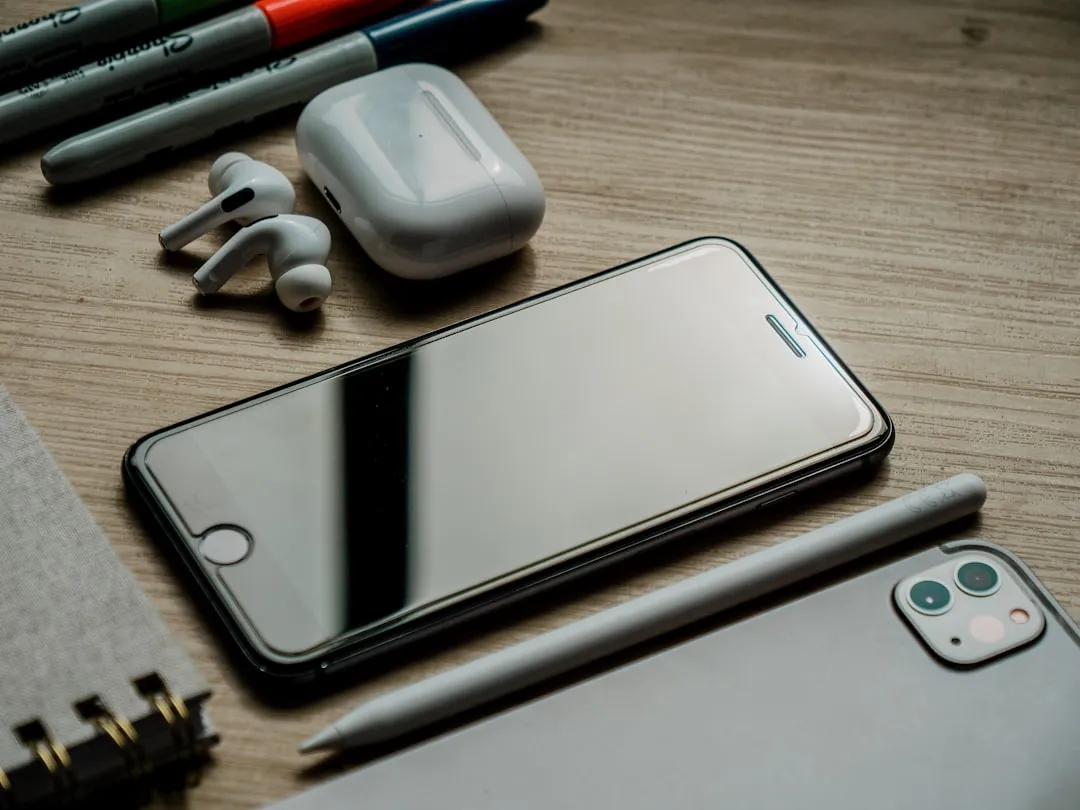
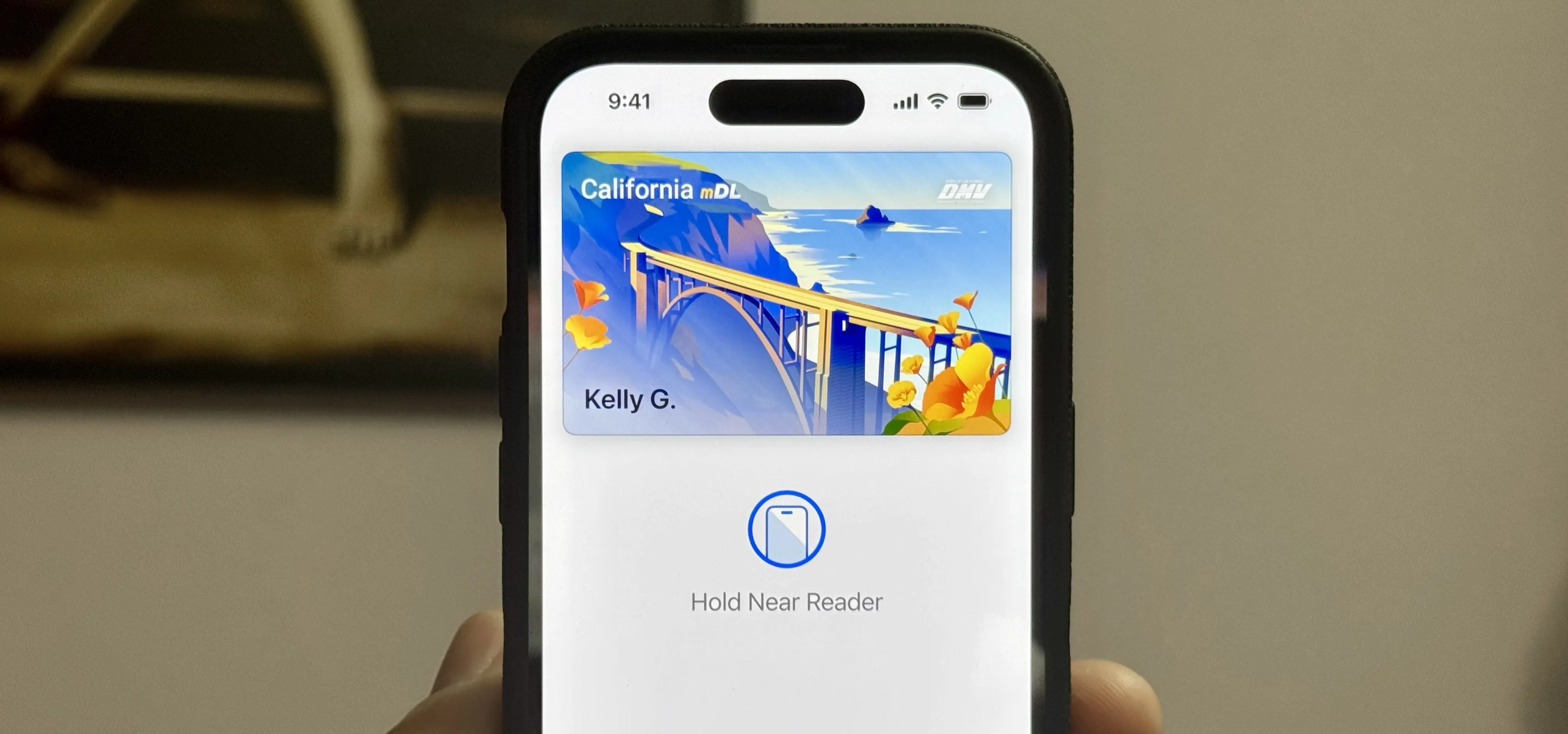
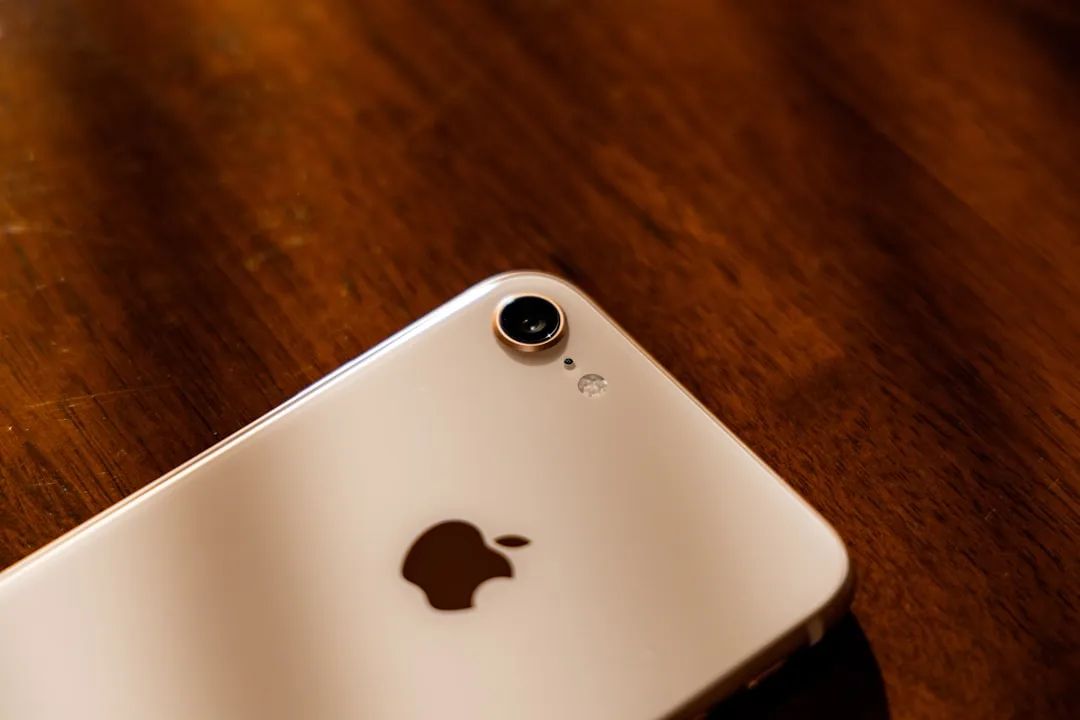
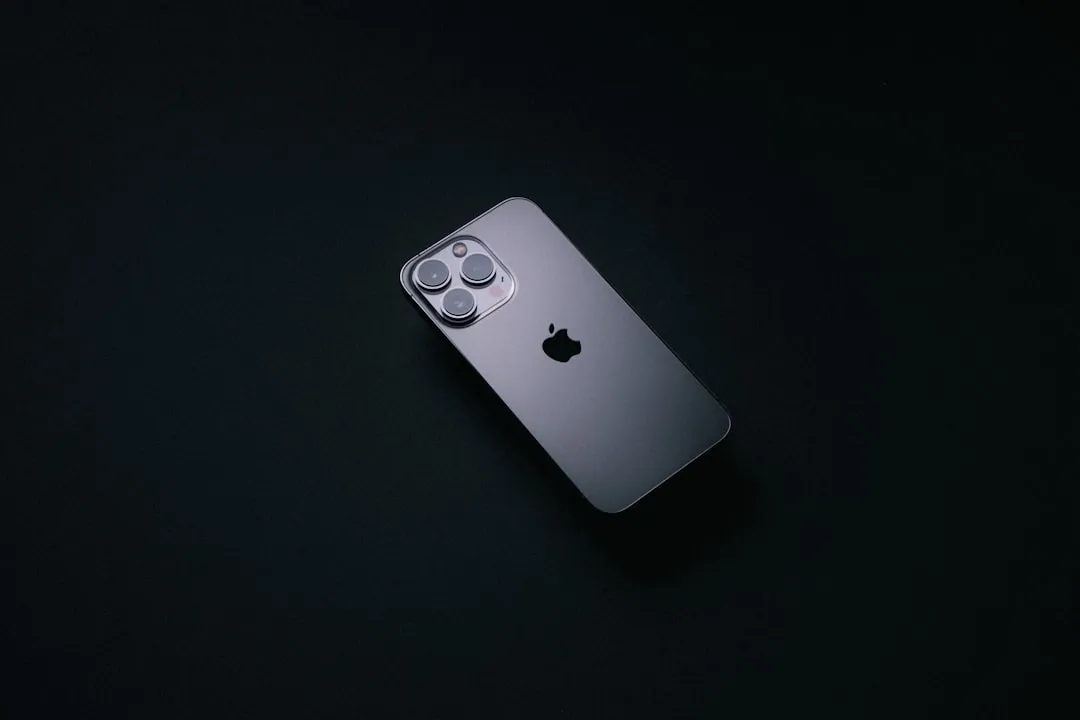
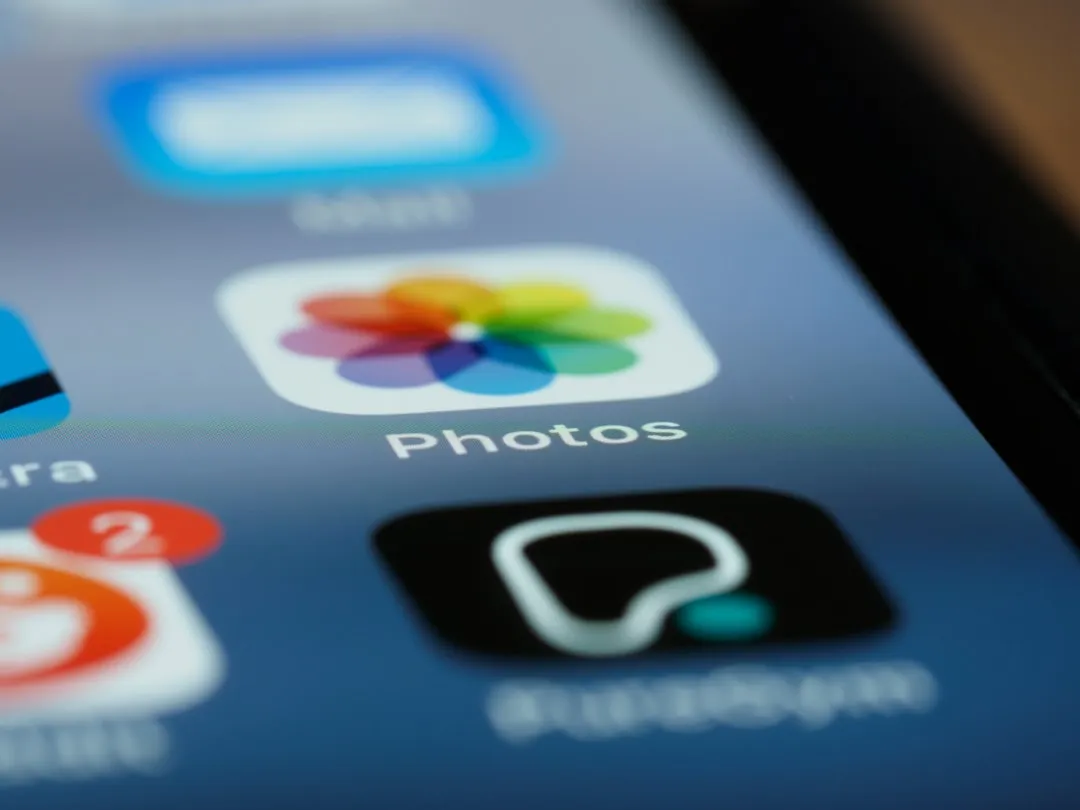
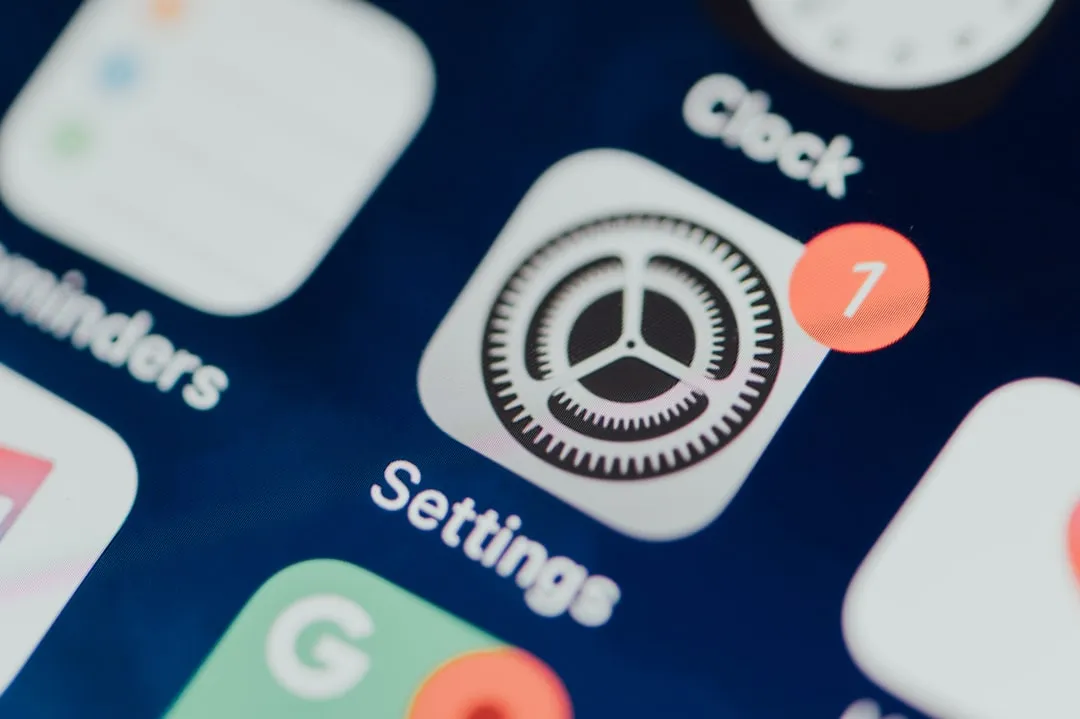

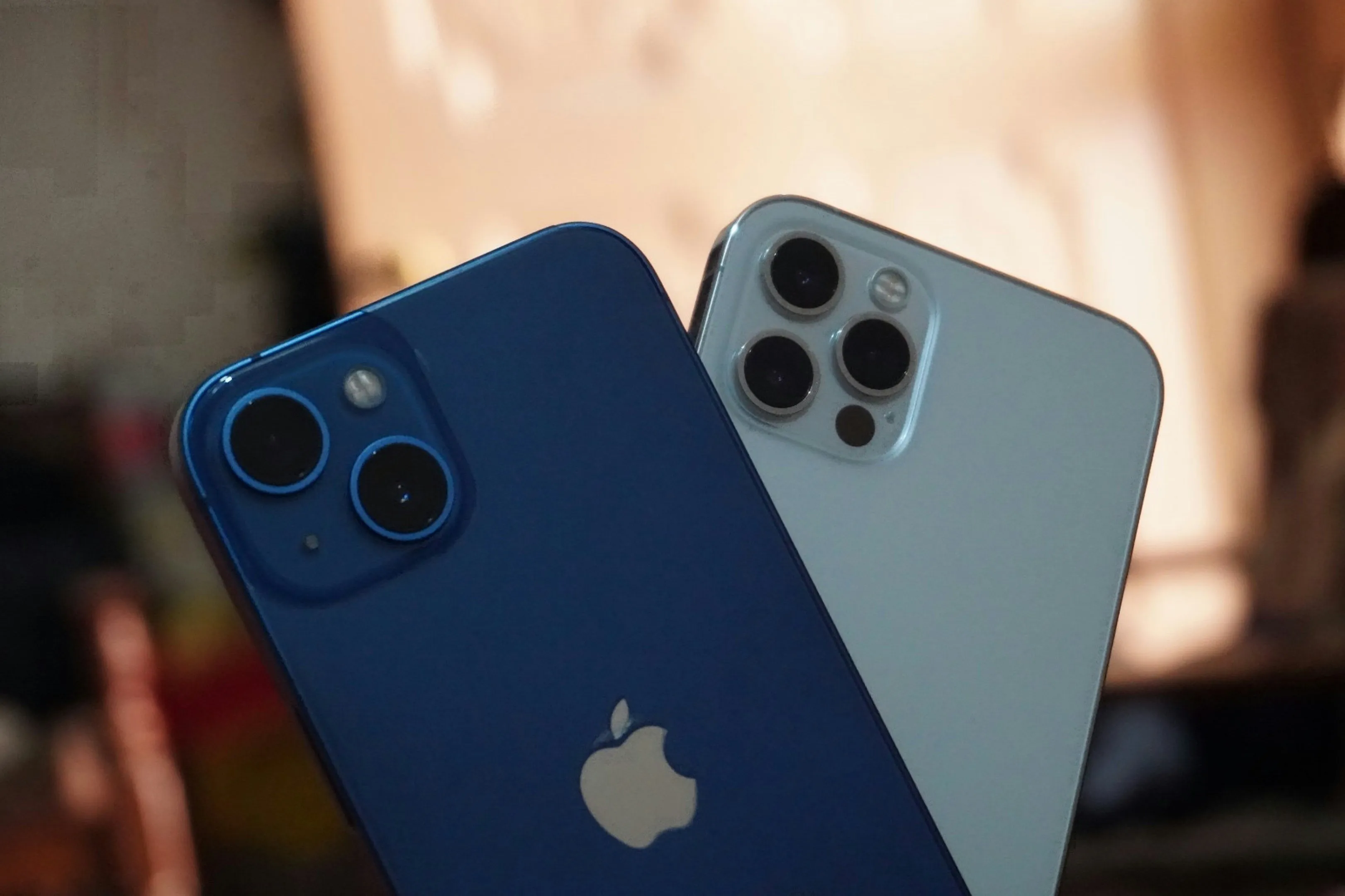

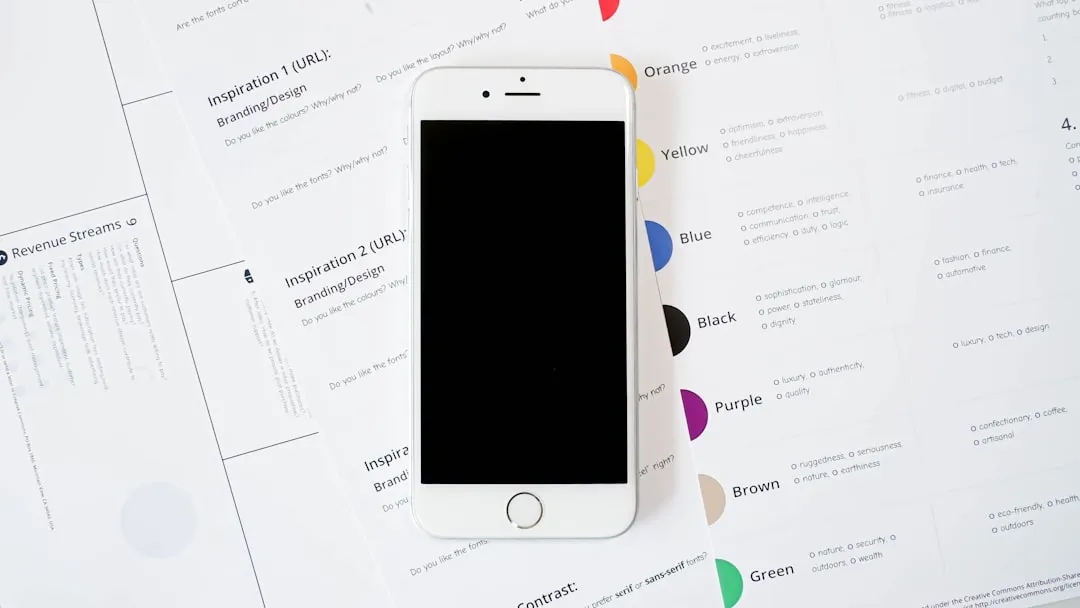
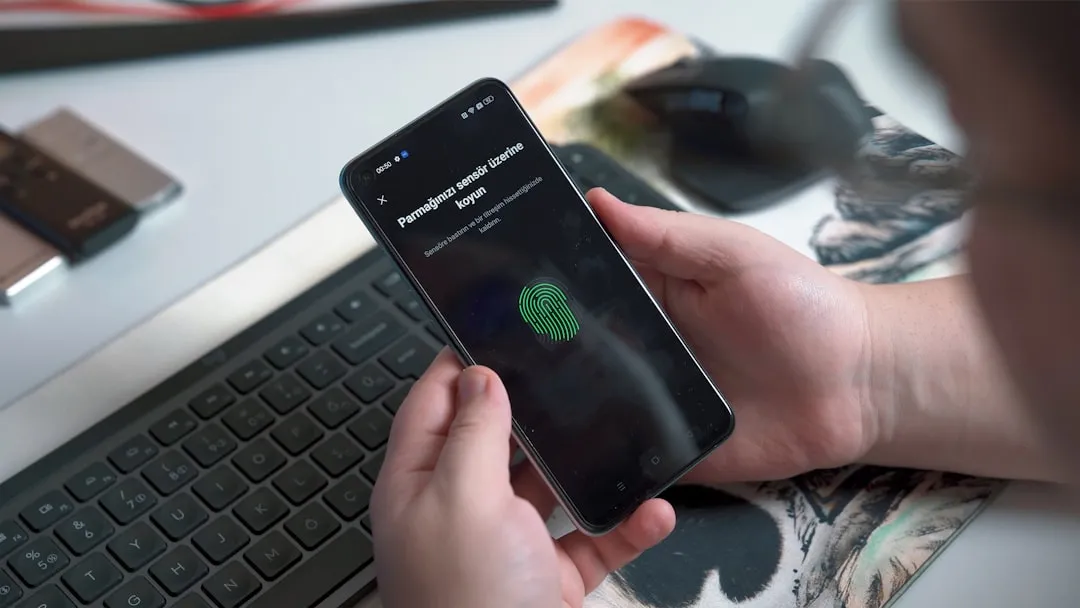
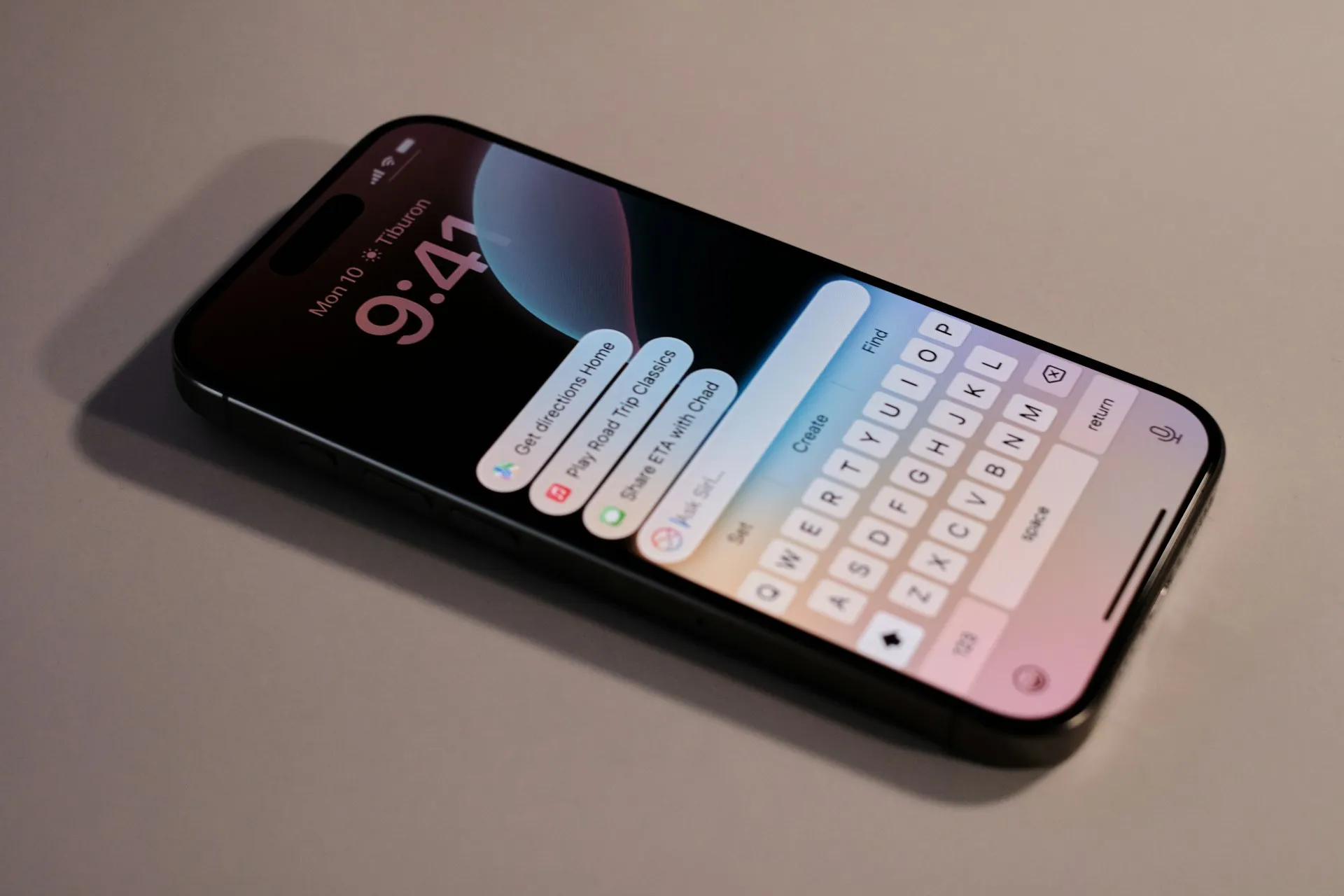

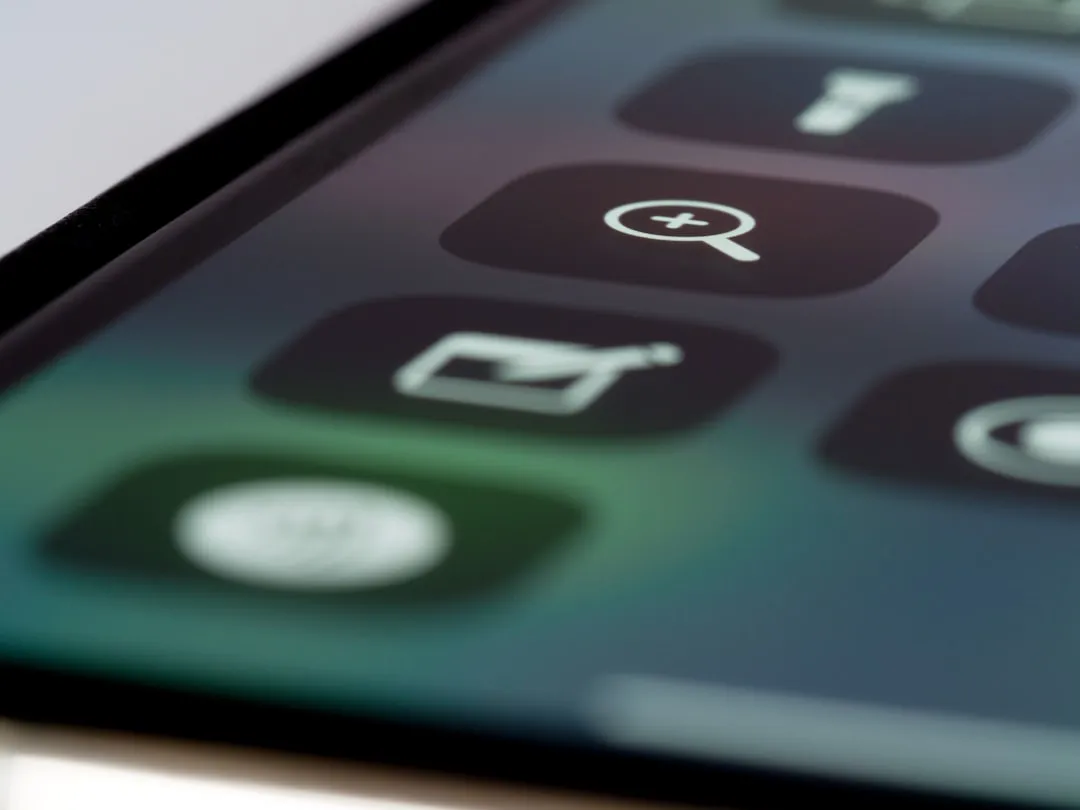
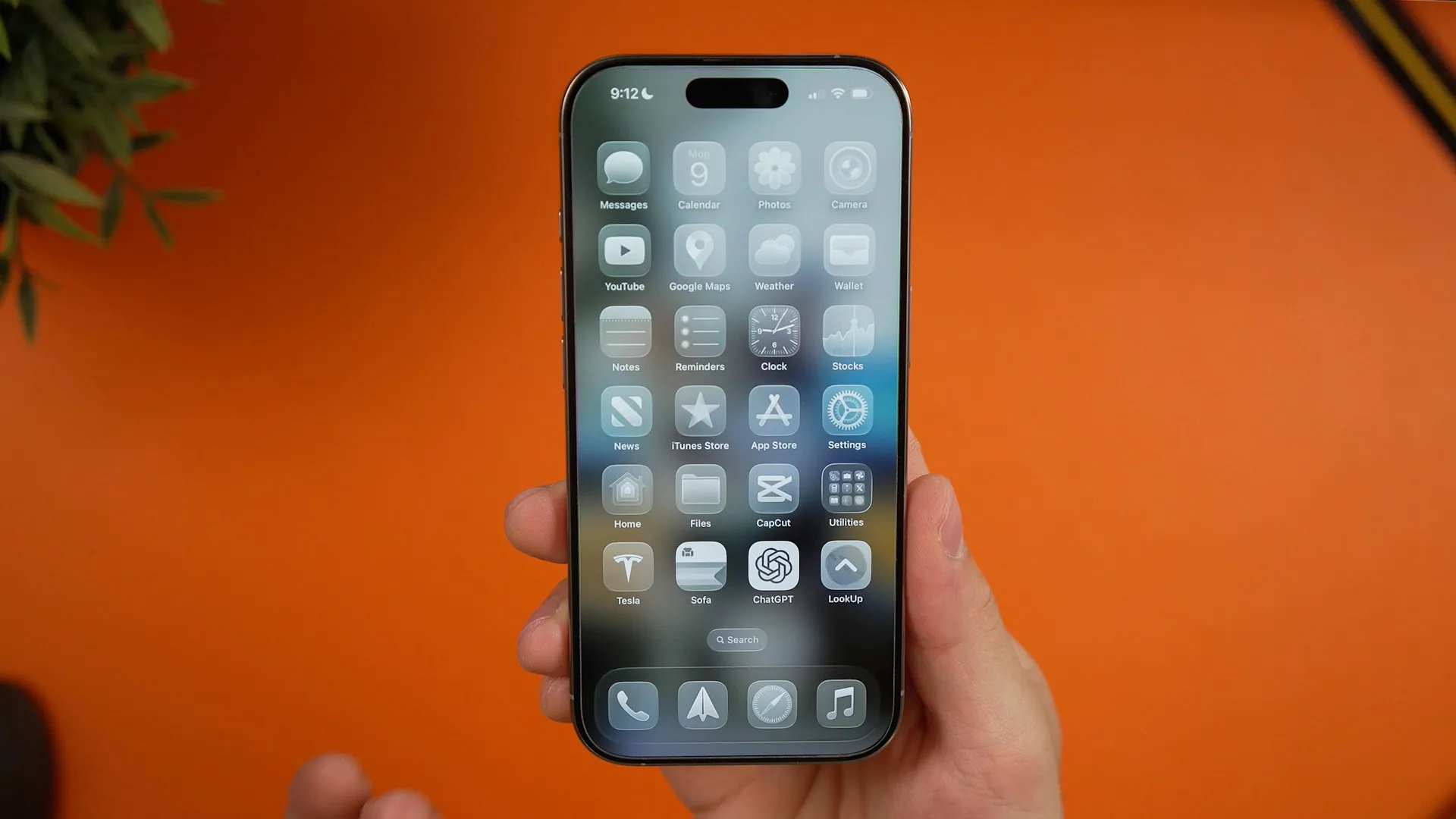
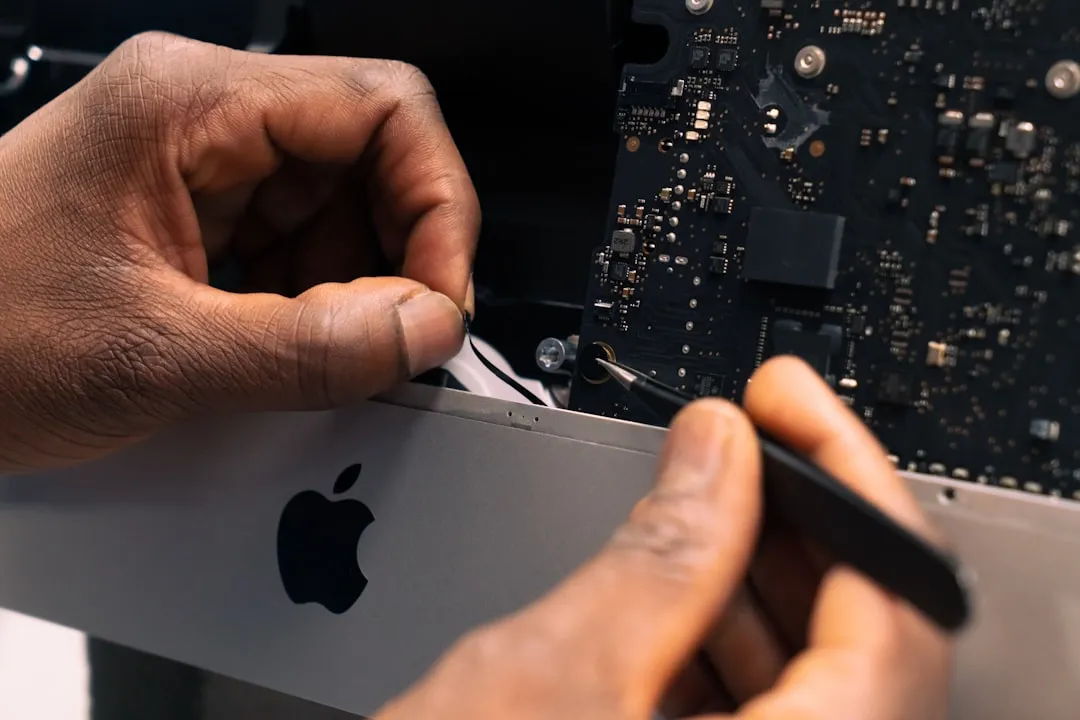
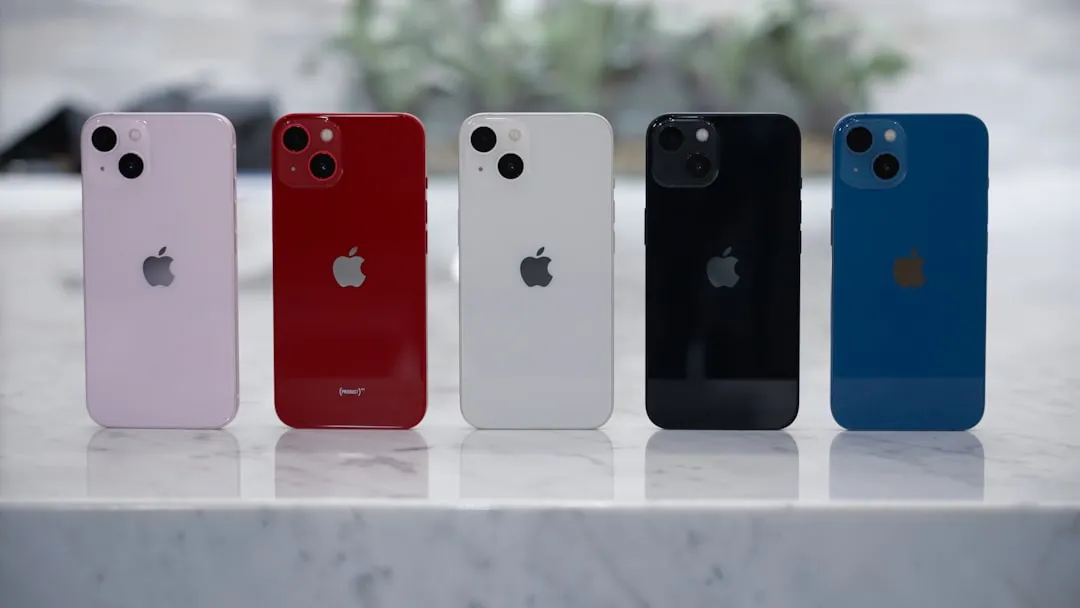
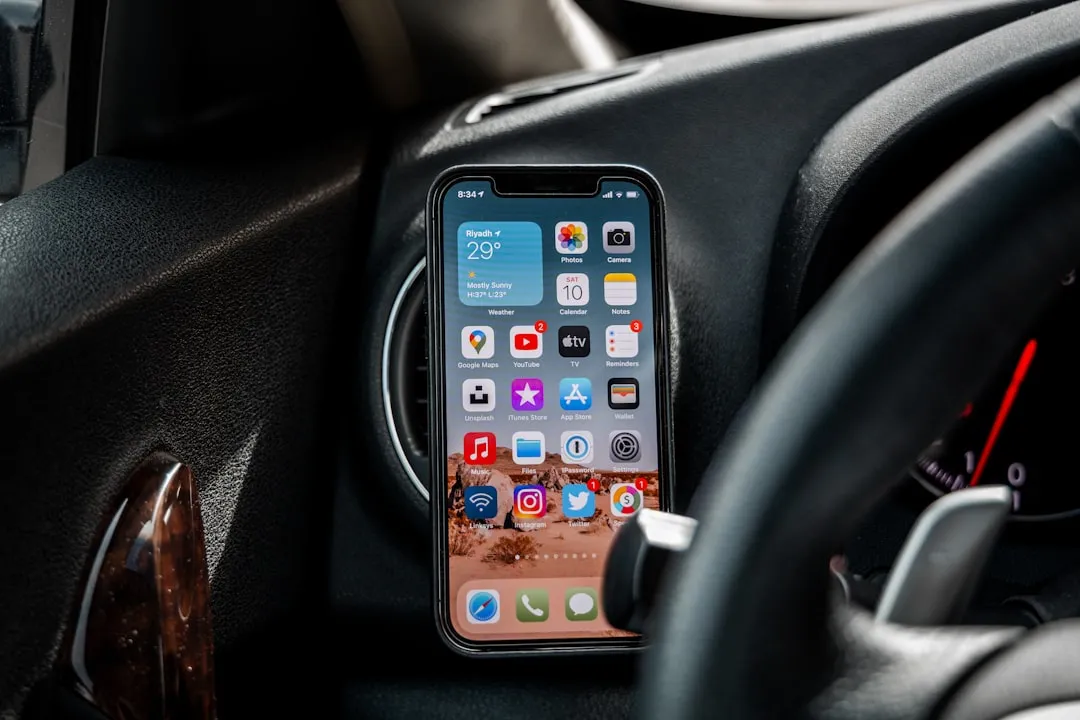


Comments
Be the first, drop a comment!